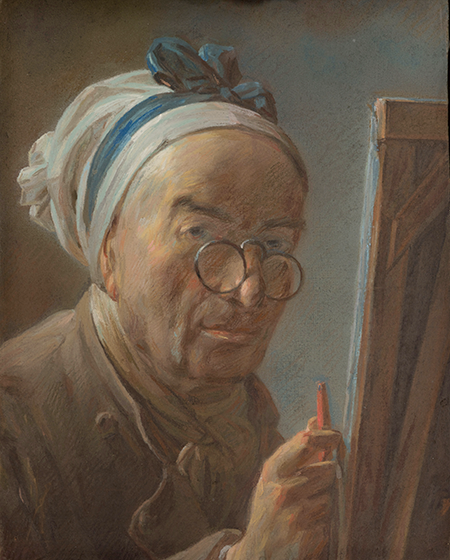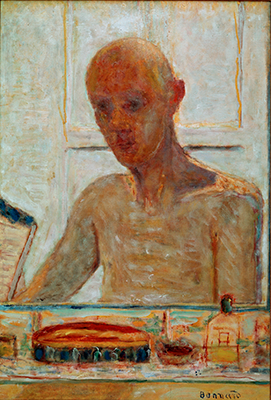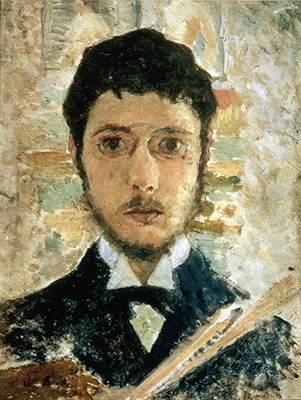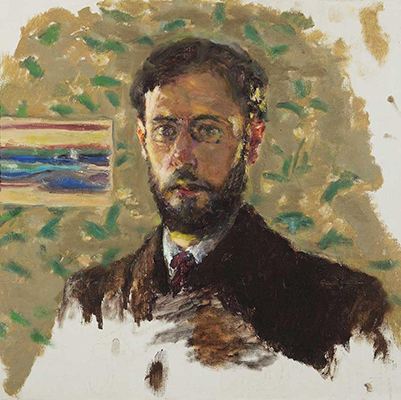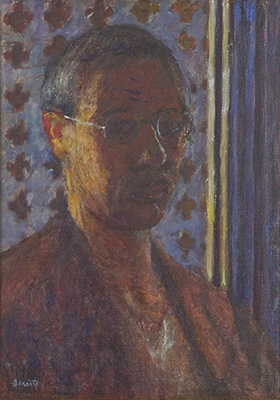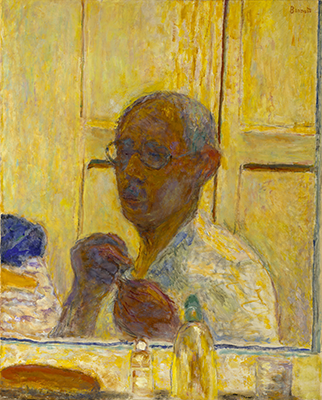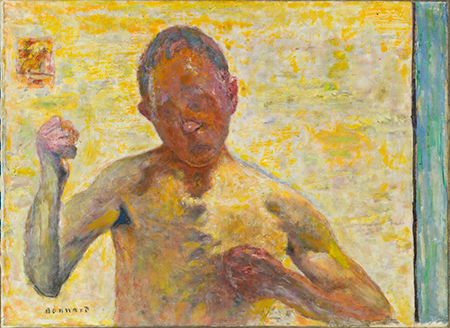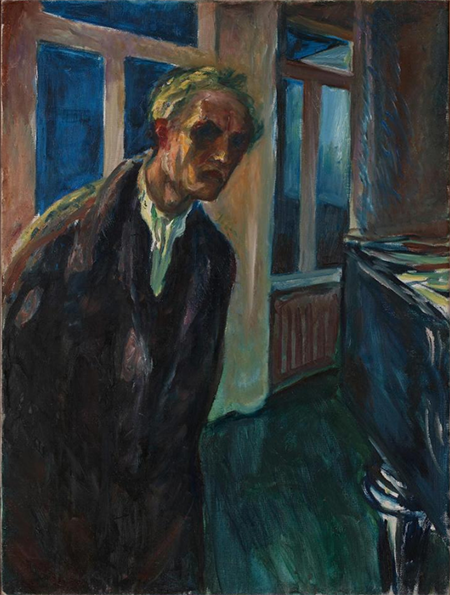Living the Avant-Garde: The Triton Collection Foundation, Evening Sale Part I
New York Auction 14 November 2023
1
Wassily Kandinsky
Entwurf zu Komposition IV
Estimate $500,000 - 700,000
Sold for $889,000
Create your first list.
Select an existing list or create a new list to share and manage lots you follow.
2
Amedeo Modigliani
Tête de jeune fille (Louise)
Estimate $4,000,000 - 6,000,000
Sold for $5,868,000
Create your first list.
Select an existing list or create a new list to share and manage lots you follow.
3
Gino Severini
Mare = Ballerina
Estimate $80,000 - 120,000
Sold for $444,500
Create your first list.
Select an existing list or create a new list to share and manage lots you follow.
4
Theo van Doesburg
Composition (Seated Figure)
Estimate $900,000 - 1,200,000
Sold for $1,016,000
Create your first list.
Select an existing list or create a new list to share and manage lots you follow.
5
Georges Braque
La bouteille de Bass
Estimate $7,000,000 - 10,000,000
Sold for $8,465,000
Create your first list.
Select an existing list or create a new list to share and manage lots you follow.
6
Joan Miró
Personnage et oiseaux
Estimate $700,000 - 1,000,000
Sold for $889,000
Create your first list.
Select an existing list or create a new list to share and manage lots you follow.
7
Alexander Calder
New Blériot
Estimate $3,000,000 - 5,000,000
Sold for $3,206,000
Create your first list.
Select an existing list or create a new list to share and manage lots you follow.
8
Jean Dubuffet
Inspecteurs Sinoque et Dingue
Estimate $4,000,000 - 6,000,000
Sold for $4,900,000
Create your first list.
Select an existing list or create a new list to share and manage lots you follow.
9
Jean-Paul Riopelle
Ariane
Estimate $600,000 - 800,000
Sold for $1,330,500
Create your first list.
Select an existing list or create a new list to share and manage lots you follow.
10
Fernand Léger
Le 14 juillet
Estimate $15,000,000 - 20,000,000
Sold for $17,625,000
Create your first list.
Select an existing list or create a new list to share and manage lots you follow.
11
Édouard Vuillard
Le Cantique des cantiques
Estimate $1,000,000 - 1,500,000
Sold for $1,512,000
Create your first list.
Select an existing list or create a new list to share and manage lots you follow.
12
Maurice Denis
La Vendange mystique
Estimate $300,000 - 400,000
Sold for $431,800
Create your first list.
Select an existing list or create a new list to share and manage lots you follow.
13
Pierre Bonnard
Autoportrait
Estimate $1,000,000 - 1,500,000
Sold for $2,238,000
Create your first list.
Select an existing list or create a new list to share and manage lots you follow.
14
Edgar Degas
Le petit déjeuner après le bain
Estimate $2,500,000 - 3,500,000
Sold for $2,480,000
Create your first list.
Select an existing list or create a new list to share and manage lots you follow.
15
Roy Lichtenstein
Woman Contemplating a Yellow Cup (Study)
Estimate $1,500,000 - 2,000,000
Sold for $1,996,000
Create your first list.
Select an existing list or create a new list to share and manage lots you follow.
16
Pablo Picasso
Femme en corset lisant un livre
Estimate $15,000,000 - 20,000,000
Sold for $14,762,500
Create your first list.
Select an existing list or create a new list to share and manage lots you follow.
17
Heinrich Campendonk
Im Garten - Frau, Pferd, Ziege
Estimate $500,000 - 700,000
Sold for $698,500
Create your first list.
Select an existing list or create a new list to share and manage lots you follow.
18
Emil Nolde
Iris
Estimate $500,000 - 700,000
Sold for $482,600
Create your first list.
Select an existing list or create a new list to share and manage lots you follow.
19
Pablo Picasso
Femme accroupie
Estimate $200,000 - 300,000
Sold for $330,200
Create your first list.
Select an existing list or create a new list to share and manage lots you follow.
20
Joan Mitchell
Untitled
Estimate $8,000,000 - 12,000,000
Sold for $7,892,500
Create your first list.
Select an existing list or create a new list to share and manage lots you follow.
21
Piero Manzoni
Achrome
Estimate $2,000,000 - 3,000,000
Sold for $1,754,000
Create your first list.
Select an existing list or create a new list to share and manage lots you follow.
22
Louise Bourgeois
Tits
Estimate $250,000 - 350,000
Sold for $317,500
Create your first list.
Select an existing list or create a new list to share and manage lots you follow.
23
Yves Klein
Anthropométrie sans titre, (ANT 149)
Estimate $800,000 - 1,200,000
Sold for $1,016,000
Create your first list.
Select an existing list or create a new list to share and manage lots you follow.
24
Max Beckmann
Blühender Garten
Estimate $400,000 - 600,000
Sold for $508,000
Create your first list.
Select an existing list or create a new list to share and manage lots you follow.
25
Émile Bernard
Paysage de Bretagne (Paysage avec deux Bretonnes et vache)
Estimate $1,200,000 - 1,800,000
Sold for $1,143,000
Create your first list.
Select an existing list or create a new list to share and manage lots you follow.
26
Paul Sérusier
La Cueillette des pommes
Estimate $1,500,000 - 2,000,000
Sold for $1,391,000
Create your first list.
Select an existing list or create a new list to share and manage lots you follow.
27
Félix Vallotton
Papotage
Estimate $300,000 - 500,000
Sold for $330,200
Create your first list.
Select an existing list or create a new list to share and manage lots you follow.
28
Paul Gauguin
Masque de Meyer de Haan
Estimate $60,000 - 80,000
Sold for $66,040
Create your first list.
Select an existing list or create a new list to share and manage lots you follow.
29
Robert Ryman
Untitled, Prototype
Estimate $300,000 - 500,000
Sold for $254,000
Create your first list.
Select an existing list or create a new list to share and manage lots you follow.
30
Sam Francis
Purple, Orange & Green
Estimate $200,000 - 300,000
Sold for $482,600
Create your first list.
Select an existing list or create a new list to share and manage lots you follow.
